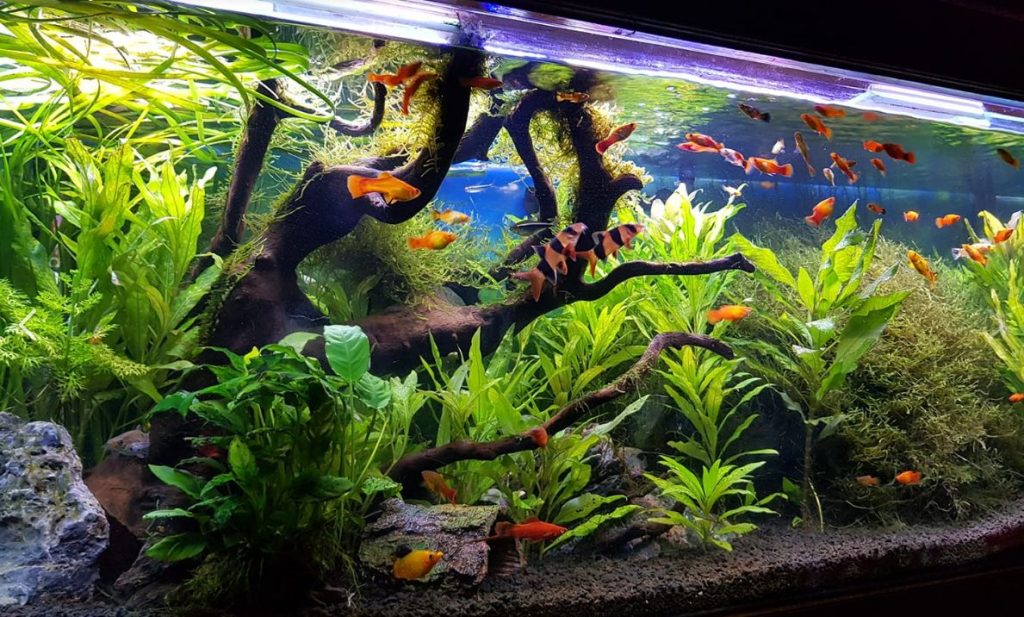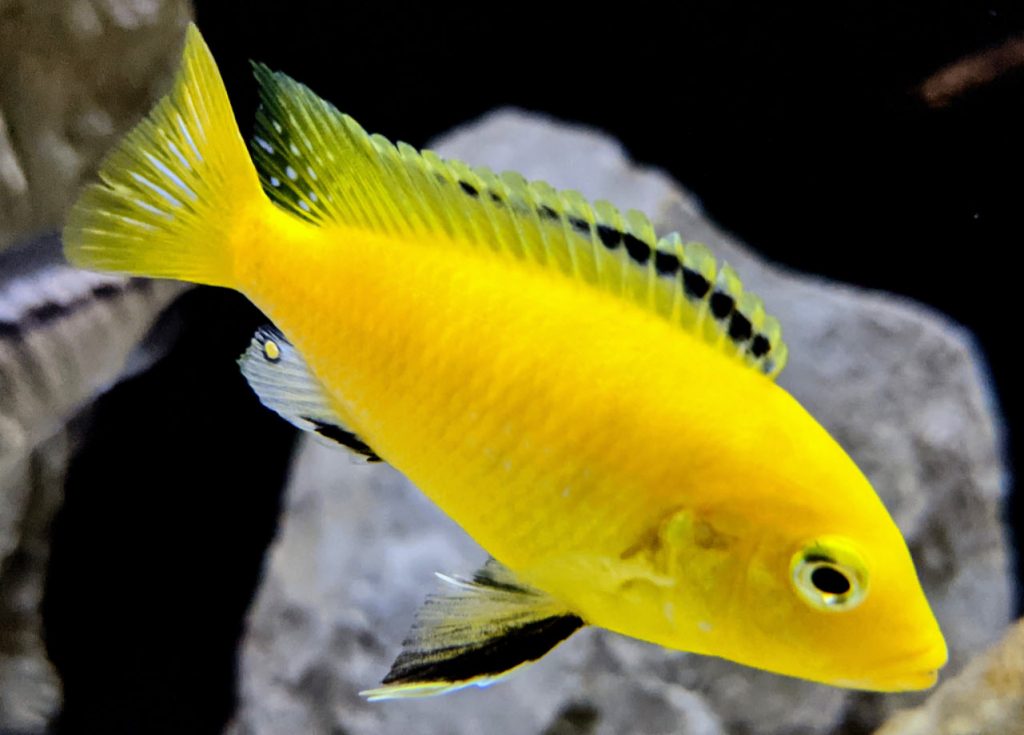
My recommendation with conditioners is simple:
.
Buy ONLY Conditioners that say “Sodium Thiosulfate” on the Bottle in the Ingredients List. Then use 5X the Recommended Dosage.
.
When I used to have chlorinated water for a 60 gallon tank 50% water change I would take the amount of thiosulfate conditioner which would, per the bottle, condition 30×5 or 150 gallons of water and add it to the 30 gallons that was left in the aquarium after draining. Thiosulfate is just very harmless, even at a 10x concentration. Then I would refill the tank with water above 70 degrees. Easy.
The Chlorine and Chloramine aquarium water conditioners available are:

Note that by the term “removes ammonia” we include such marketing hype as “temporarily detoxifies for 24 hours” or “binds the ammonia”.
This table is disturbing. Most of these products claim to detoxify ammonia on their bottles. There are probably millions of people with aquariums which are using these products expecting them to protect their fish against ammonia from chloramine. None of them can do that. It is simply a chemical impossibility.
In nature 99.99% of all animals expend a great deal of energy and resources ridding their bodies of ammonia and its byproducts. If there was a simple chemical which truly neutralized ammonia why hasn’t evolution produced a host of animals using that chemical to neutralize ammonia?
It must be emphasized that most of the time these products do little or no damage to the fish. That is because ammonia has been hyped as being as poisonous as chlorine. Ammonia is 100 to 1000 times less toxic than chlorine and ammonia does its damage more on a chronic, long term basis. Exposure to surprisingly large amounts of ammonia for a few hours or even a few days will not harm most fish.

The hydroxymethanesulfinate chemical does contain formaldehyde. Formaldehyde is toxic but the quantities of formaldehyde in these products is low enough that they are not very dangerous to fish IF USED PER THE DIRECTIONS.
Note that some people use large quantities of these chemicals on the theory that a little is good, so more is better. Other people use these chemicals when they have well water which has no chlorine or chloramine in it. This can be done ONLY with those conditioners that say “sodium thiosulfate” on the bottle. Some of the other products contain formalin and can kill fish in overdoses. One can’t use an overdose with any product which does do not identify what is in the bottle on the package. One just can’t chance it as formalin is poisonous.
The sodium dithionite in Prime and Safe decomposes into sulfur dioxide. In high enough concentrations this gas can be irritating to the gills of fish. In extreme cases and acid water it can kill the fish. So never use more than a five X concentration of Prime or Safe.
Note also that most of these water conditioners do one thing and one thing only, they remove chlorine. And they all do that equally well. Asking a fish keeper which conditioner is best is like asking a redneck which brand of pickup truck is best: Ford, Chevy or Dodge. It all depends on whose marketing hype one is inclined to believe.
For more information on conditioners go to the following links:
5.4.3. Water Conditioners
5.5.3.1. “Ammonia Detoxifying” Claims
5.5.3.2. Seachem Prime and Safe
5.5.3.3. Water Conditioner Chemistry
5.5.3.4. Water Conditioner Cost
5.5.3.5. Water Conditioner Testing
.
Return to Poisons Index
.
Aquarium Science Website
The chapters shown below or on the right side in maroon lead to close to 400 articles on all aspects of keeping a freshwater aquarium. These articles have NO links to profit making sites and are thus unbiased in their recommendations, unlike all the for-profit sites you will find with Google. Bookmark and browse!

John V says
In the table, you have Tetra AquaSafe Plus ingredient listed as Hydroxymethanesulfinate, however on the bottle I just purchased (expiration date 12/26), it’s listed as Sodium Thiosulfate. It does not claim to remove ammonia.